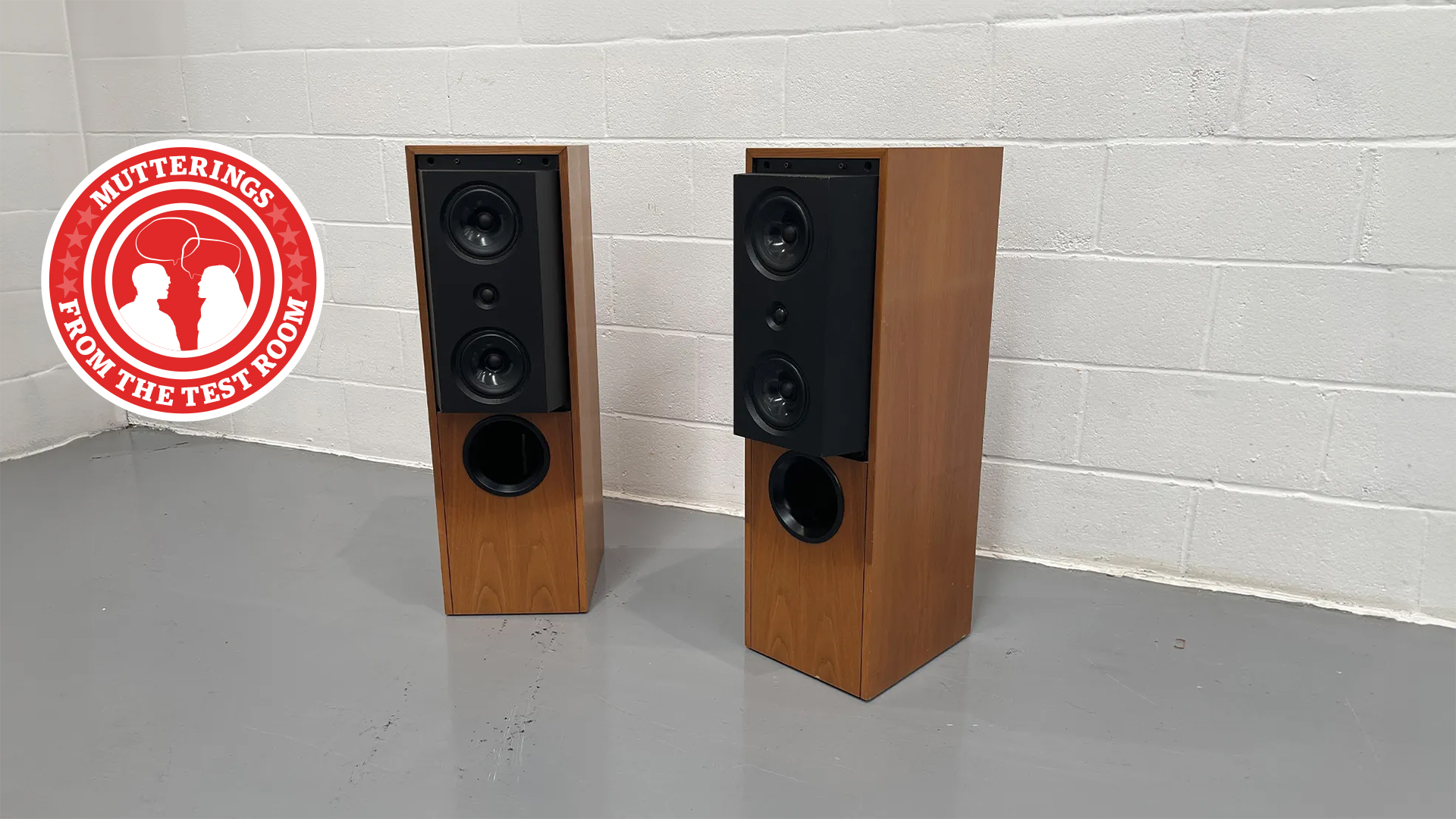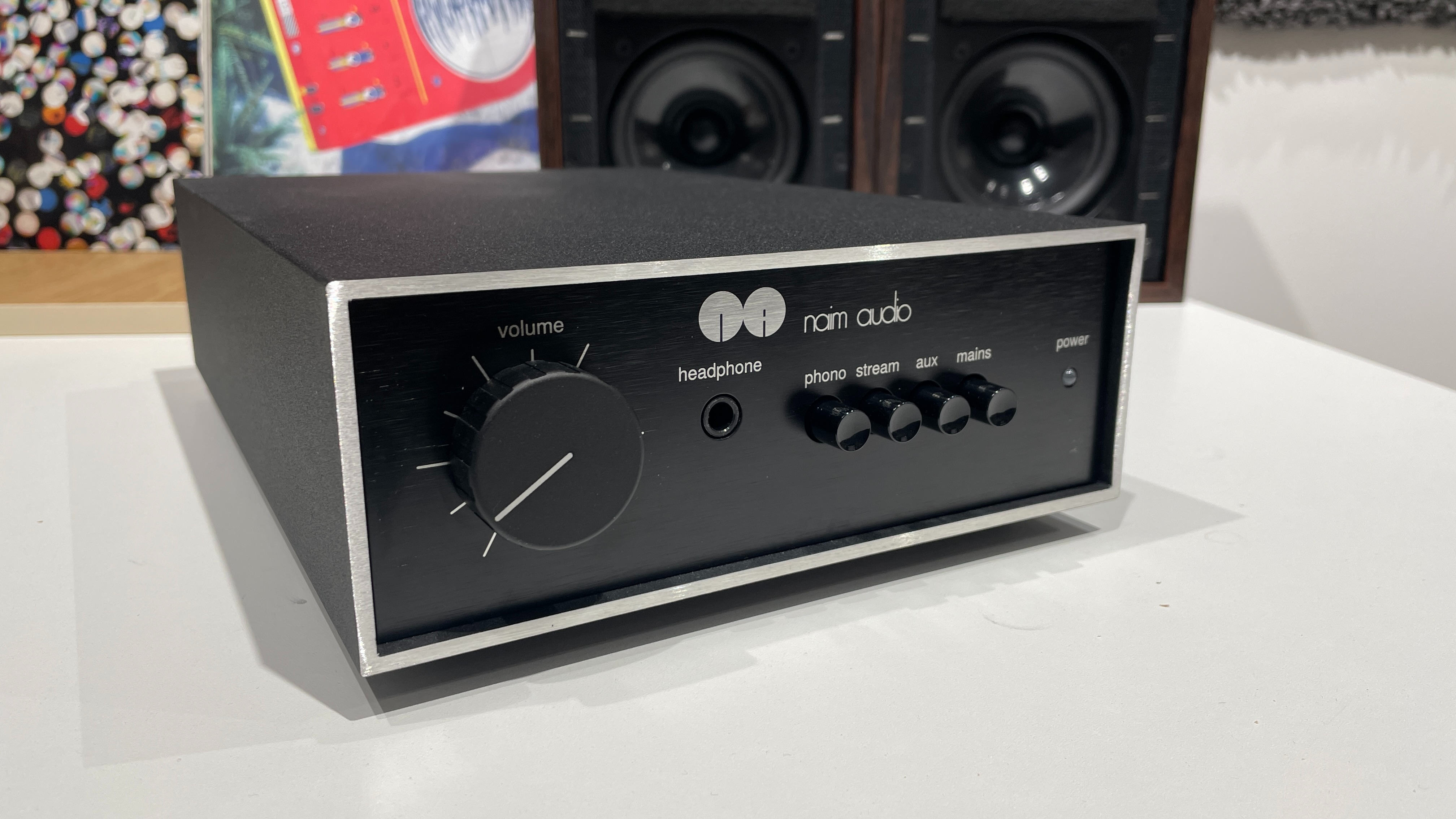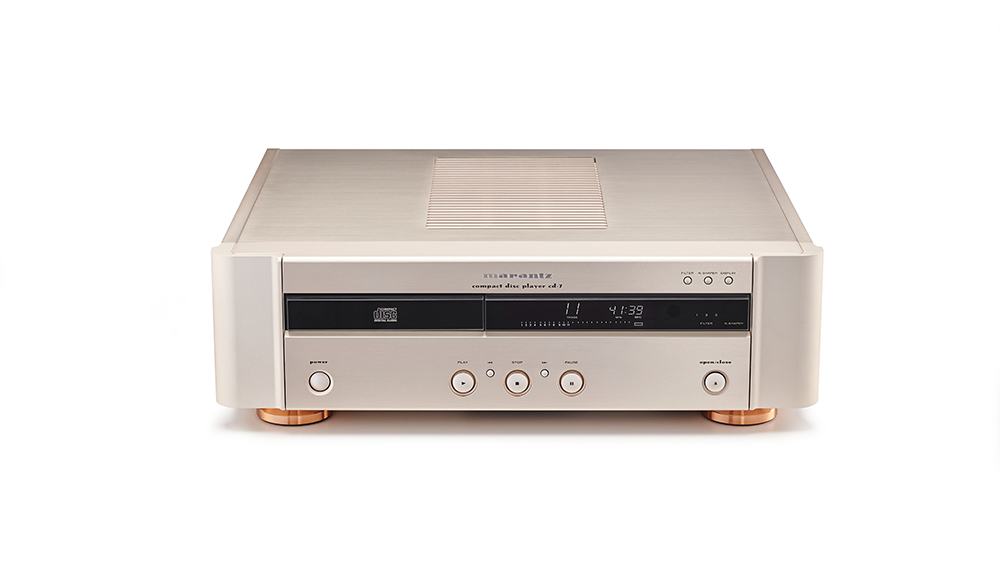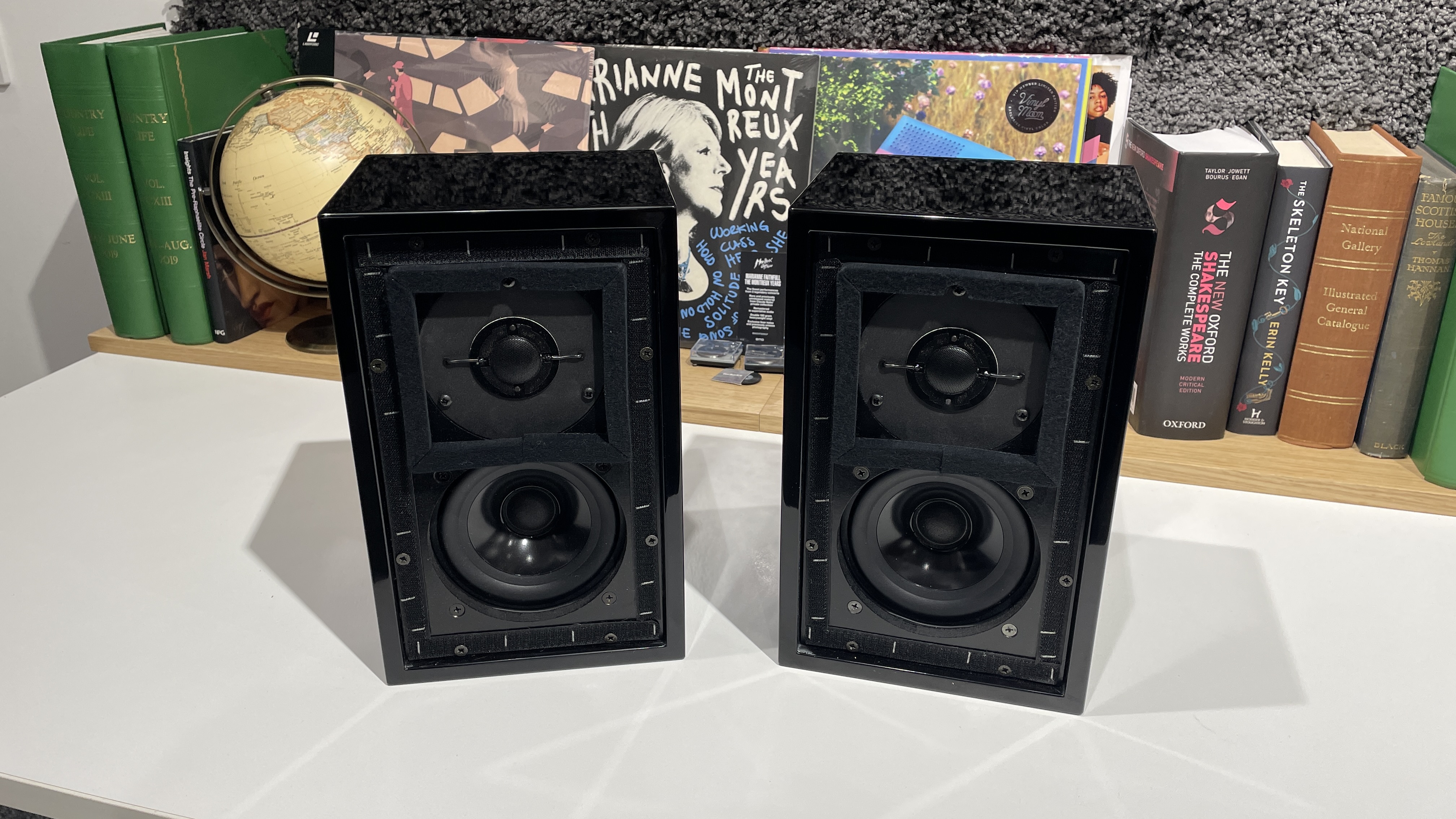
Sitting in front of my MacBook, my deadline looming large, I find myself distracted by the hefty discount currently available on Naim’s limited edition Nait 50 integrated amplifier. It was priced at £2699 in the UK when it launched in mid-2023, but it's now available at a whopping £1000 off at numerous outlets. I'm old enough to remember the original 1983 Nait model it pays home to, so this product has plenty of emotional pull on someone like me – just as the company intended, of course! Admittedly, I’m tempted.
The Nait 50 may look close to the mirror image of the original, but inside is an all-new design. Having heard it, I can confirm its ability is everything a modern Naim integrated amplifier should be, even if the sonic presentation has been tweaked to echo that of the 1980s Nait. Compared with Naim's current Nait XS3 and SuperNait 3 duo, it's more characterful, sounding appealingly direct, if less mature, than its more mainstream siblings.
However, all of this thinking about the Nait led me to wonder whether hi-fi has really improved over the years. I’m still unsure of the answer, despite having written What Hi-Fi?’s 'That Was Then' retro feature (where I compare contemporary products with their ancestors) for almost two decades.

In terms of build, finish and usability, I have no doubts that things have improved. Compare the construction and finishing quality of products from two or three decades ago with their modern counterparts, and there is no real doubt. Classic products such as the Arcam A60 amplifier, Marantz CD63 Mk II KI CD player, Bowers & Wilkins DM602 S2 speakers and, yes, Naim’s original Nait 1 amplifier may have topped their class in those respects at the time, but through today's lens almost all seem amateurishly built.
In many ways these would have been simpler designs, so there is a fair chance that reliability could still be competitive with today’s products – possibly even better given that they would have been designed to be repaired rather than replaced (as seems the modern way) if something goes wrong.
When it comes to sound quality, however, I’m conflicted. Having spent considerable time with 'classic' digital high-end products such as the dCS Elgar DAC, Chord QBD76 DAC and the Marantz CD7 CD player, I believe digital audio has advanced significantly over the years. Great as these products were in their day, comparisons with modern equivalents from the same brand invariably reveal notable shortfalls in detail resolution, transparency and dynamic expression. Older digital products just sound more mechanical to me, lacking the sonic naturalness I now expect. This doesn’t mean that they can’t sound good – the Marantz CD7 is still something of a charmer after all these years – but newer designs get even closer to capturing the essence of a recording. That is why we obsess over hi-fi in the first place, right?

But I am less certain of the gains made by modern record players, analogue electronics and speakers. I don’t doubt that current analogue products dominate in the same areas as their digital counterparts – detail resolution, transparency and dynamic expression. However, the mature nature of analogue engineering principles and associated technologies hasn’t left the gap between old and new as wide as it is with digital.
I can listen to the KEF Reference 104/2 floorstanders from the mid-80s and still enjoy them as much as a current premium tower such as the multi-Award-winning Spendor A7. The Spendors are the more transparent performers in terms of detail retrieval and tonality, but the KEF’s musical integrity still shines through. Ultimately, both have well-designed wooden enclosures with carefully engineered drive units. The difference comes down to better engineering tools, more sophisticated analysis software and improved materials rather than a fundamental shift in thinking. Having had plenty of experience with Naim’s amplification over the decades, much the same applies to its chrome bumper and olive models from the ’80s and ’90s when judged against the company's current output.

In the past few days I have been lucky enough to spend time with an original pair of limited-edition KEF LS3/5A 35th Anniversary speakers. The company made only 500 pairs of these in the mid-’90s, and they have now become something of a collector’s item.
This BBC-licensed design originally dates back to the mid-’70s, so is now around five decades old; yet, as they played, I couldn't help but fall for their wonderfully alluring midrange and convincing stereo imaging. Sure, modern alternatives trounce them in many respects, from loudness capability and dynamic contrasts to outright clarity. Despite that, the little KEFs still satisfy musically. With the right kind of music – something vocal-based or small-scale and acoustic – their delivery borders on magical. That the What Hi-Fi? reviews team then spent far too long figuring out a way to buy them is all you need to know about how we feel about these lovely little boxes.
So is hi-fi really getting better? On the whole, I would have to say yes. The best modern systems reveal far more of the recording and leave less of a fingerprint on the result. But that doesn’t mean older hi-fi components become outmoded in the way software-based products, such as older phones and computers, are.
In my experience, if the product is analogue-based and was considered good when it launched, there is a great chance it will still satisfy today. The build and finish won’t be as slick as something modern, but the thrill of listening to a great piece of music will still be there.
MORE:
That Was Then… KEF Reference 104/2 (1984)
That Was Then... Argo and Alecto: Michell's forgotten amplifier gems
We have built a gold-standard hi-fi system that delivers sweet streams aplenty – and looks good, too







